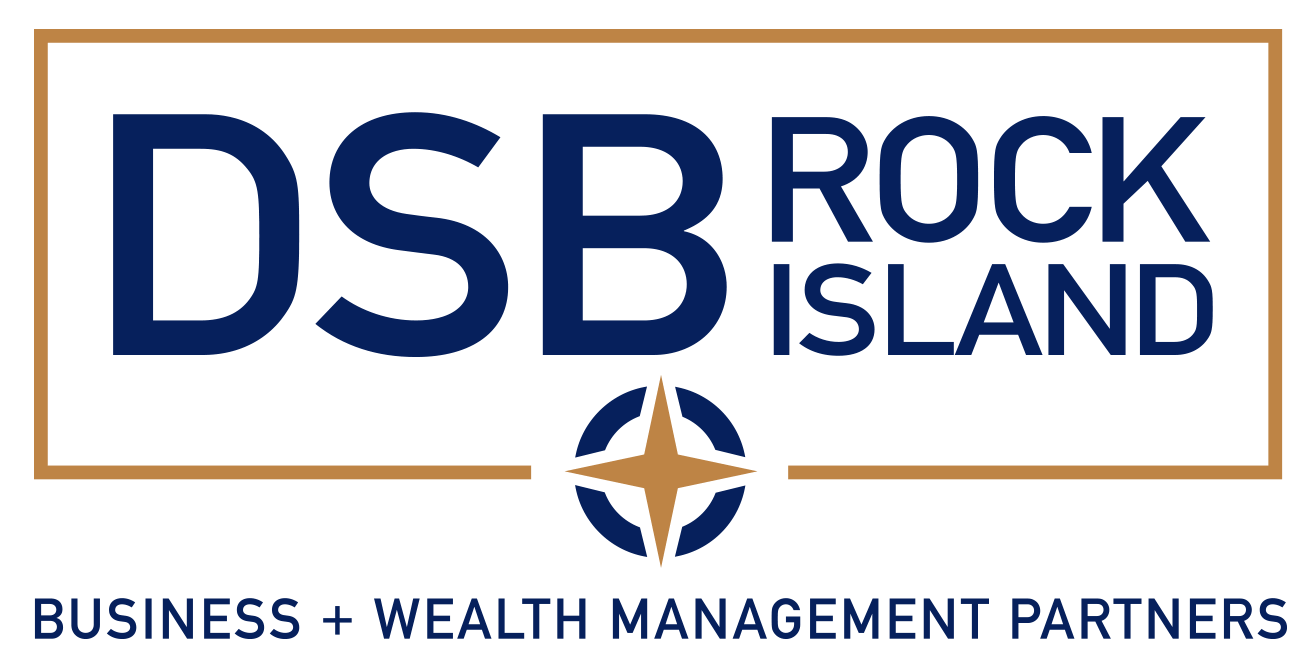Machinery and Equipment Valuations for Purchase Price Allocations
Business combination accounting involving tangible personal property, or fixed assets, requires the assets to be recorded at their fair values. Assets typically found within the fixed asset category include machinery, equipment, and leasehold improvements. There are two choices for determining the fair value to be assigned to the fixed assets: (1) Hire a third party that specializes in the valuation of fixed assets; or (2) Provide your own estimation of fair value. In order to maintain its independence, an audit team is not allowed to provide their clients with fair value estimates.
Hiring a Third Party Specialist
Some of the benefits of hiring a third party specialist to value the fixed assets include:
- Reduced likelihood of issues arising related to the valuation and documentation of the fixed assets;
- Qualified appraisers understand the processes and needs of the audit team; and
- Qualified appraisers have access to data and resources that may be costly or difficult to obtain.
If a third party is hired to value the fixed assets they will likely need an accurate fixed assets listing that ties to the balance sheet. It should include a description of each item, the age, years of service, original cost, and location. For high value items more detail may be required, such as, serial numbers, photos, and a report of quality. When leasehold improvements are being valued the appraiser will also need copies of the related leases.
Please note there are times when the audit team will require a third party valuation. According to FASB ASC 805 – Business Combinations, the audit team must review the valuation specialist’s qualifications and determine if their credentials are deemed adequate for valuation work.
Providing Your Own Estimate
When the fixed assets do not amount to a substantial value or the auditors do not determine any material risk in their value, a third party specialist may not be required. In this case, it is up to you determine the value associated with each fixed asset. If you plan to provide an estimate of fair value of your fixed assets by performing a limited analysis, the audit team may give a list of your fixed assets to their team of personal property experts to determine if the value of the assets would be materially different if appropriate methods and procedures were applied. If your fixed assets are within an acceptable range, you may be finished with this part. However, if your estimate is outside of a reasonable range or the audit team determines that proper methods and procedures need to be used, you may need to revisit this portion of the purchase price allocation.
The two approaches most commonly used to derive an estimate of a fixed asset’s fair value are the market approach (also known as the sales comparison approach) and the cost approach. Under the market approach, the appraiser adjusts the prices that have been paid for assets comparable to the asset being appraised, comparing the comparable assets to the subject. Under the cost approach, the appraiser starts with the current replacement cost new (or the reproduction cost new in certain instances) of the property being appraised and then subtracts the loss in value caused by physical deterioration, functional obsolescence, and economic obsolescence.
Be wary that incorrectly valuing the fixed assets could potentially disrupt the entire valuation process and the ability to book opening balance sheet figures. This occurs because the fixed asset value is often an important assumption built into the valuation of the intangible assets, which are also being valued for business combination purposes. Also, many times the audit team does not review the fixed asset valuation until very late in the process, so any significant changes could delay the issuance of your audit report.
If you still plan to provide your own estimate of fair value, consider the following tips to help provide a more supportable value:
- Perform a reconciliation of your fixed asset list to the assets on the balance sheet.
- Obtain market based support for the values of your assets. This type of support can be found through many online databases such as ebay.com, machinerytrader.com, etc.
- Contact equipment dealers to determine what it would cost to replace your assets with similar new assets that have the same utility. Keep a record of any conversations. Remember to adjust the quotes appropriately if they provide increased functionality.
- Speak to the people in charge of maintaining the equipment to determine condition and support for the remaining life you assign.
- Have a source available for any depreciation tables and salvage values used in your analysis.
- Work with the intangible valuation specialist, or the person responsible for calculating the business enterprise value, to determine if your fixed asset value is supportable by the cash flows of the company.
Contact Us
Contact DSB Rock Island today to learn how we can recommend the best accounting software for your needs to save time and money as you grow your business. Our responsive and proactive advisors are ready to help you take the next step.











